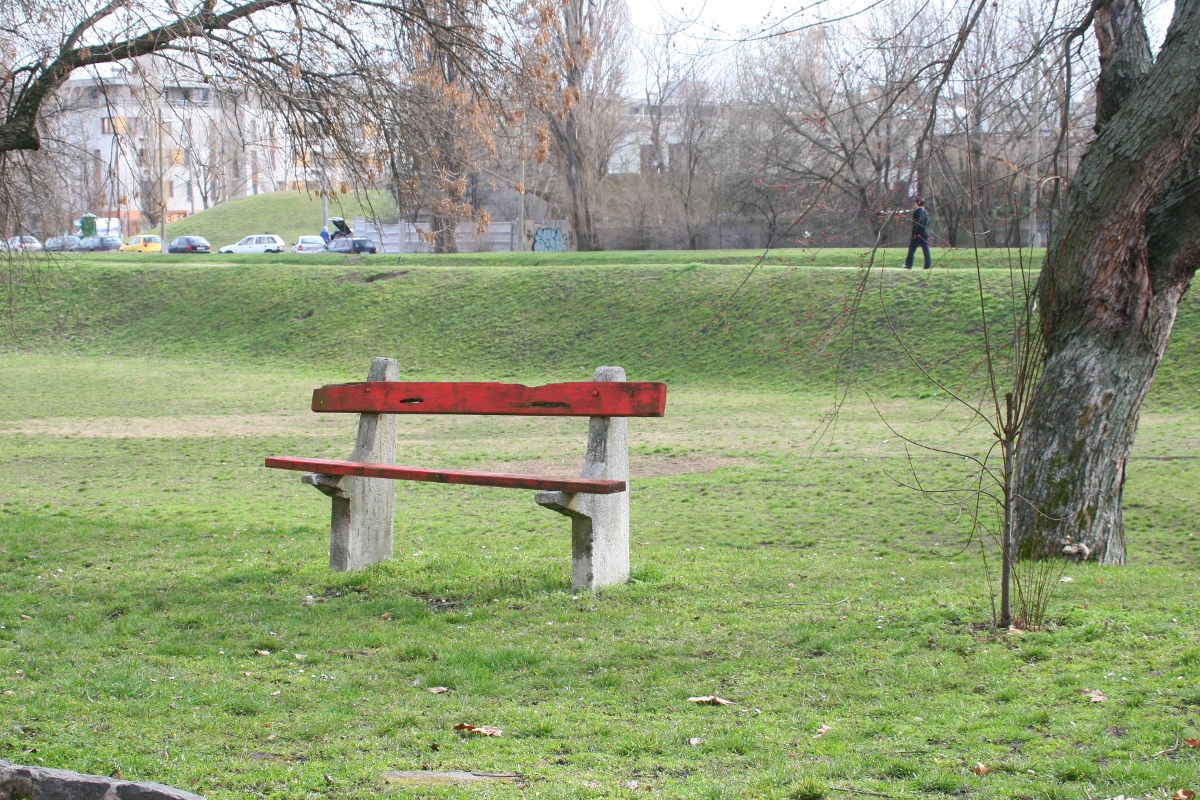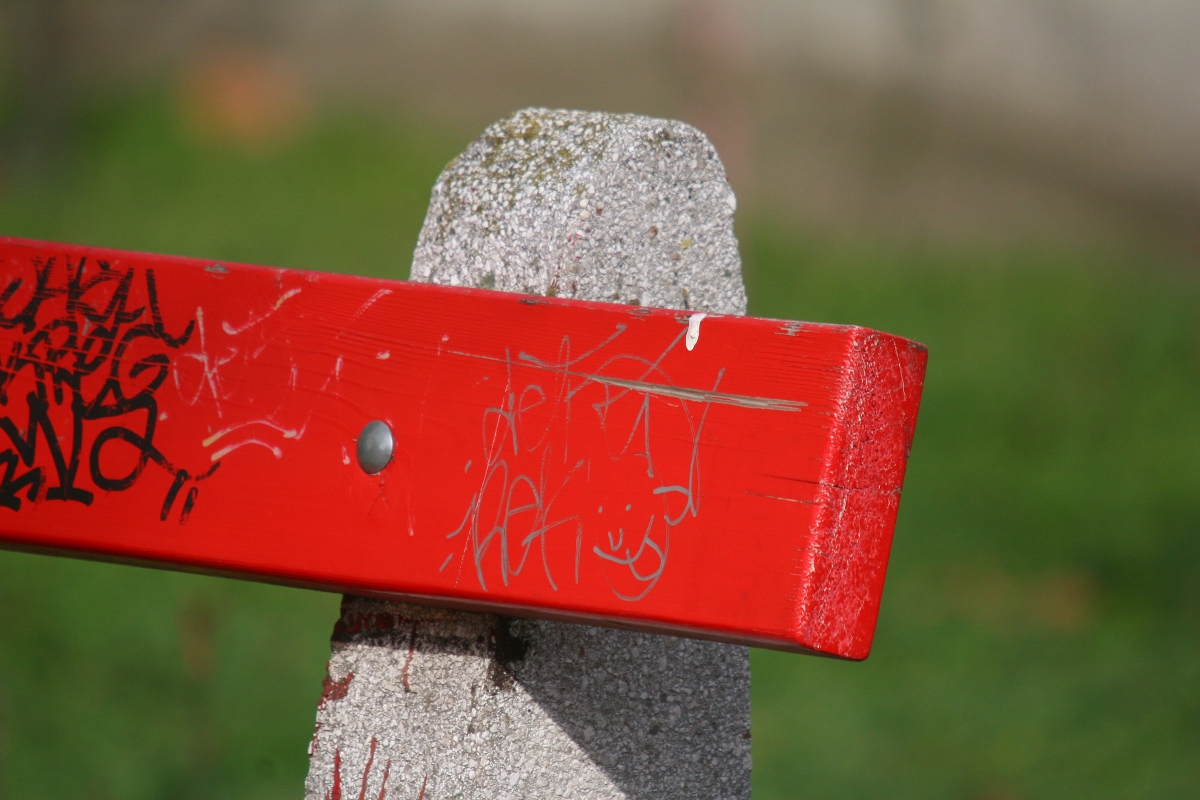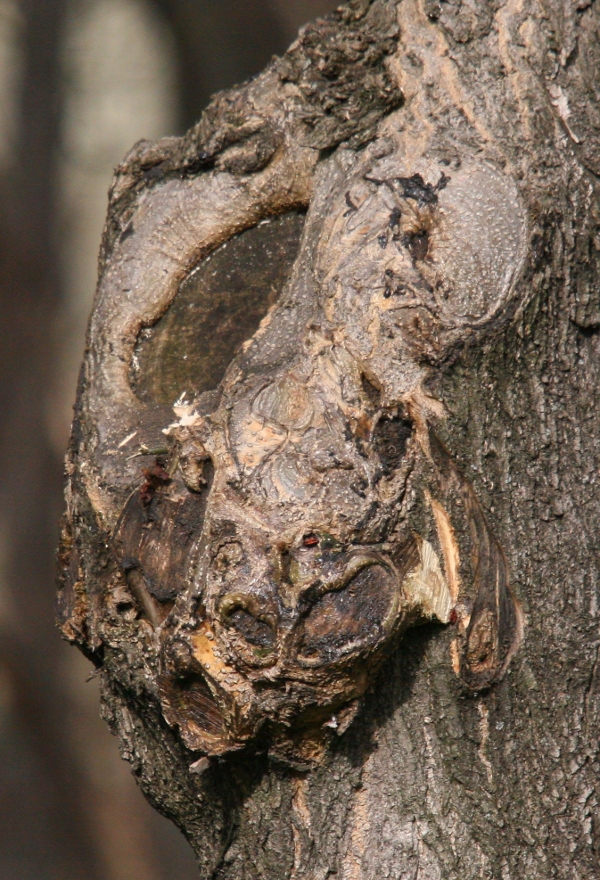Sigma 50 500 review
Sigma 50 500 review

Sigma 50 500
Official name
The official name is Sigma 50-500 EX DG APO f/4-6.3 HSM
EX- is Sigma top line
DG- digital
HSM – Hypersonic motor, similar to Canon‘s USM or Nikon‘s SWM
APO – apochromatic lens this lenses has better corrections of chromatic and spherical aberrations.
[do_widget Text]
Versions
The lens has a new OS version which is not a subject of this review, which is about the original version of the Sigma 50-500 lens. The new version is reported to be a little better.
Introduction
This is a very interesting lens. Everybody wants 500mm, or even more reach. It is cool to have a this long lens for wildlife photography, or just making pictures of distant objects. No other lens offers such a broad zoom range, topping at 500mm. After checking several long zoom lenses, I had an interesting thought: if the 70-300 zoom lenses would be sharp at 300mm, who would buy the 300mm prime lenses? If the xx-500mm zoom lenses would be sharp at 500mm, who would buy the 500mm primes for lot more money? Just to think about..This focal length range makes this lens quite versatile, what is only missing is the real wide angle coverage. On the other hand this is not a one lens solution, wide angle is not covered even in Full frame cameras. The good solution would be a 15-500mm, like on super-zoom compact cameras. Even if the wide angle wouldn’t be perfect at least meant to be one-lens solution. To go back to reality none other lens offers this broad range. This is extremely useful and versatile. You can make lots of different angle pictures in the nature with it, without changing lenses all the time. For landscape shooters prefers this approach, but many wildlife shooter perhaps only use the lens at the longest setting all the time, but the wider setting is good for tracking moving opjects. The lens autofocus system is absolutely capable to track shooting moving objects(if you can handhold the lens), I can catch a duck which I don’t see before even between the trees.
[do_widget Text]
Specifications
Optical formula:20 elements in 16 groups (! here where contrast can disappear)
Focal length:50-500mm (I don’t checked if the 500mm is really 500, doesn’t seem so. Some say 450-470mm)
Aperture: f/5-6.3
Aperture blades: 9
Magnification:
Close focus distance: 1m (50mm) – 3m (500mm)
Weight: 1800g ( 4.5 lb.)
Dimensions: 95*218.5mm (3.7″x8.6″)
Filter size: 86mm the new OS version has 95mm filters
Compatibility: Full frame
Available mounts: Canon, Nikon, Sony, Pentax, Micro 4/3
Range
No other lens offers this broad range especially in the long end. To avoid confusion this is not a landscape lens, perhaps more useful on Full frame cameras to make landscape shots. The 50mm range is a normal lens on Full frame cameras, and short telephoto on Aps-C cameras like the Canon 700d/Rebel T6i or Nikon d3xxx,d5xxx, d7xx cameras. Doesn’t mean is it not possible to make landscapes with this lens especially out in the wild, where there are huge spaces. But it is not a do it everything lens, if I choose a range I would choose more of a 15-500mm instead of 50-500, but I know it is not so easy to make a 15-400.
Optical quality
The lens produces generally nice colours, and good resolution. At longer focal lengths the lens gets softer. Post processing perhaps helps to increase contrast.
Performance at 50mm
This lens is not a very good lens at 50mm, if we compare to other lenses offering this range. So many better option on the market which is not better with one schoolmark, but two compare to this lens, and much lighter. But I think nobody buy this monster for 50mm performance, because the Canon 50/1.8 II is available for the fraction of the price.

Sigma 50-500mm at 50mm f/10 – 1/250s
Performance at mid-range
The lens is not bad at mid range, especially under 300mm even wide open.
Performance at 500(460)mm
To make critically sharp shots, need to handhold this lens steadily, which is not very easy, for an extended period of time. Other possibility is to have a tripod or monopod, which is a good idea. If you want to shoot tiny birds, the lens gets sharp at f10, see pictures below. For portraits can be used even wide open, but I don’t like the sharpness-softness wide open. The Sigma 50 500mm optical quality(colour, sharpness, contrast) is approximately the same as the Canon 200mm f2.8 with a 2x converter.

Sigma 50 500 f/6.3 iso 400 1/1000s Canon 30D
In close distances in bright sunlight the quality is quite good
The below pictures were made from the same place app 20-25mm from the tree
shutter speed is 1/2500s for f/6.3 and same settings with the two others

500mm f/6.3

500mm f/8

500mm f/10
The lens is clearly sharpest at f/10. Resolution is perhaps similar, but contrast is much better at f/10. At f/6.3 the pictures are more soft, perhaps preferred for portraits.
Usage tips
This lens needs lots of light because of the low brightness and long focal length, or tripod. Three places I can think of is the beach, open places like meadows, and everything is flying like birds, airplanes etc. Why? Because these situations where we can have ususally enough light for f/8-10 shooting at high shutter speeds at 500mm.
General knowledge to this lens
The Sigma 50-500mm is a very long lens. If someone wants to handhold this lens, at 500mm a shutter speed of 1/1600s or faster speeds I would prefer to make critically sharp shots, not defined by camera shake, at least 1/400-500 for close distances. What does it mean ? Use a tripod, or you need a very good camera with high iso capabilities or/and sunnny weather. If you are a birder this is perhaps an f9-f11 lens at 500mm, if we compare it to the Canon 400mm which is f5.6, is a 1.5-2 stops difference. This lens is not light, handholding over a period needs power. If you 60kg and wants to handhold this lens, perhaps try first if you like it or not. For me I don’t feel the lens particularly heavy, but I realized to hold it continuously to point at a bird for minutes for example would be tiring. Compare to the Sigma 170-500mm this lens is 0.5 or 1lb heavier which is really noticeable in usage.
Sigma 50-500 Teleconverters
The Sigma 50-500 as usually referred the “Bigma” is compatible with Sigma’s 1.4 and 2x converters. If I want to retain picture quality, I would not put converters on this lens, only perhaps for purposes like looking distant objects, perhaps in live view, because viewfinder gets very dark at around f9. With the 2x the lens becomes f13, I think in normal circumstances you see nothing, just black hole in the viewfinder at f/13.
Bokeh
With this long lens is extremely easy to make nice bokeh, especially at closes distances (3-15m). This way the subject is stands out of the background which makes the picture looks more sharp.

Portrait Sigma 50 500mm 500mm f/8 1/1000s
Mechanical quality
The lens is big and heavy and not so properly made as I would expect. The dust can enter behind the front element. The zoom ring turns very hardly. It is a significant power need to turn it. Seems so the lens is properly assembled, not falling apart, but looks consumer grade. The zoom is creeping if we turn the lens up or downwards.
Autofocus quality
The lens has a nice, quick precise, almost silent hsm(hypersonic) autofocus, this is a strong characteristics of the lens. This is where this lens is much better value, than the Sigma 170-500, which has an old, slow micromotor focusing. The manual focus is also much better than on the 170-500.
Lens fabrication
The lens made in Japan.
Alternatives:
There are many:Sigma zooms (Sigma 120-400, 50-500,15-500 os, etc), Tamron 150-600 vc, Canon Nikon primes and zooms, like Canon 400mm f5.6, Canon 100-400 f5.6, Canon 300f4 with 1.4x converter, Canon 200f2.8+2x, Nikon 200-400 f4, Nikon 300 f4, manual focus Nikon 400 f3.5, Nikon 500 f4P, older Sigma 400 f5.6. The longer Canons and the Nikons are much better and much more expensive. I guess the Tamron is better, as it is reported almost the same leage as the Canon 400mm f5.6. Sigmas are similar, except the 500mm f/4.5 prime which is much better, and much more expensive. The 200mm f2.8 Canon with a 2x converter is not so obvious is better or not, not especially for optical quality, but more for birding purposes practically. The Sigma is longer, but Canon seems better contrast and colours, perhaps even with a converter, but perhaps the Sigma has better resolution, than the Canon with the 2x. The Canon 200L without converter or with the 1.4x is much better.
Price/performance
It depends for how much money you can get this lens ? The new price is little high, on the used market one can get this lens at half price easily.
Strengths:
-Exremely versatile focal length range, at middle focal lengths the lens is quite sharp (200-400mm).
-Very good quick and precise autofocus operation. No complain. Like Canon’s USM. Perhaps only a limiter missing.
Long and zoom, this is a definite advantage of the prime lenses, widely used in bird or wildlife photography. One can compose the shoot he wanted, easier to track moving subjects.
Weeknesses:
Optically not so good in the longer regions as the competition, dark, lacking contrast and sharpness. Not bad but there are much better lenses, if we only see the output.
Big and heavy, frankly I don’t like the weight, but perfectly hand-holdable for stronger people. I am more the 100kg and cannot use this lens just lightly, I feel my muscles working, especially hand-holding for longer periods of time. This is one of the biggest drawback of this lens according to my opinion. For reference the Sigma is 1800g, while the Canon 400 f/5.6 is 1200g, the Nikon 300f/4 is 1300g, the Canon 200mm f/2.8 with the 1.4 and 2x converter is 1105g. The difference is huge. If you are not exercised you will be with this lens. I would only want this weight if the lens is superb optically like the Canon 300mm f/2.8 is or such a lens. This is not a walk-around lens, at least not for me. On a Tripod the weight is more of an advantage than a disadvantage. Soft at 500mm f/6.3, zoom ring still not easy to turn, no focus limiter.
Alternatives:
There are many: Sigma zooms(170-500, 120-400 os, 50-500 os), Canon 100-400, Canon 400mm f/5.6, Nikon 300f4 with a converter.
Other hand there are none with this focal length range. If you prefer this broad range there is no competition.
Conclusion:
I would divide the potential owners of this lens in two groups. One group is the pro or enthusiast bird or wildlife shooters, who longs for the best optical quality.
-The second group are the shooters who likes this focal range but will not spend hundreds of hours shooting small birds, or not the output quality is the first preference.
For the first group the Sigma is perhaps not the “final” lens because of softness and slow speed, but for the second group a “Bigma” is real fun lens, without the need to change it some time in the future. For portraits, bigger animals or birds from closer distances this is not a bad lens. With some post-processing can produce very nice images.
Other reviews for Canon mount
The Sigma 150mm-600mm
The Tamron 150-600mm Vc USD
Canon 200mm f/2.8 review
Tamron 17-50mm f/2.8 review